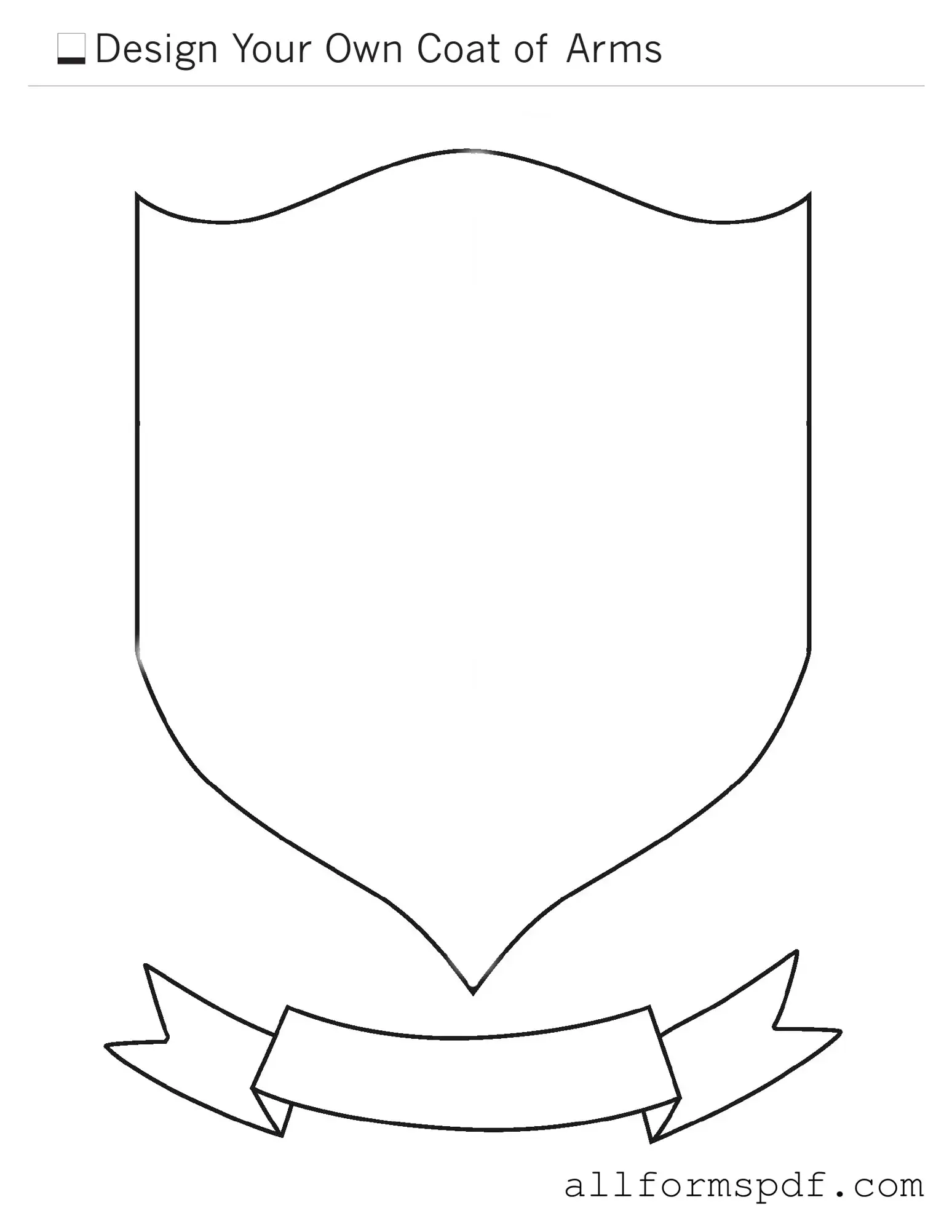Fill Out Your Coat Of Arms Form
The Coat of Arms form is a document used to request the creation or registration of a family crest or emblem that symbolizes heritage and lineage. This form plays a crucial role in preserving family history and identity. Understanding its purpose and the process involved can help individuals celebrate their unique backgrounds.
Create My Coat Of Arms Now
